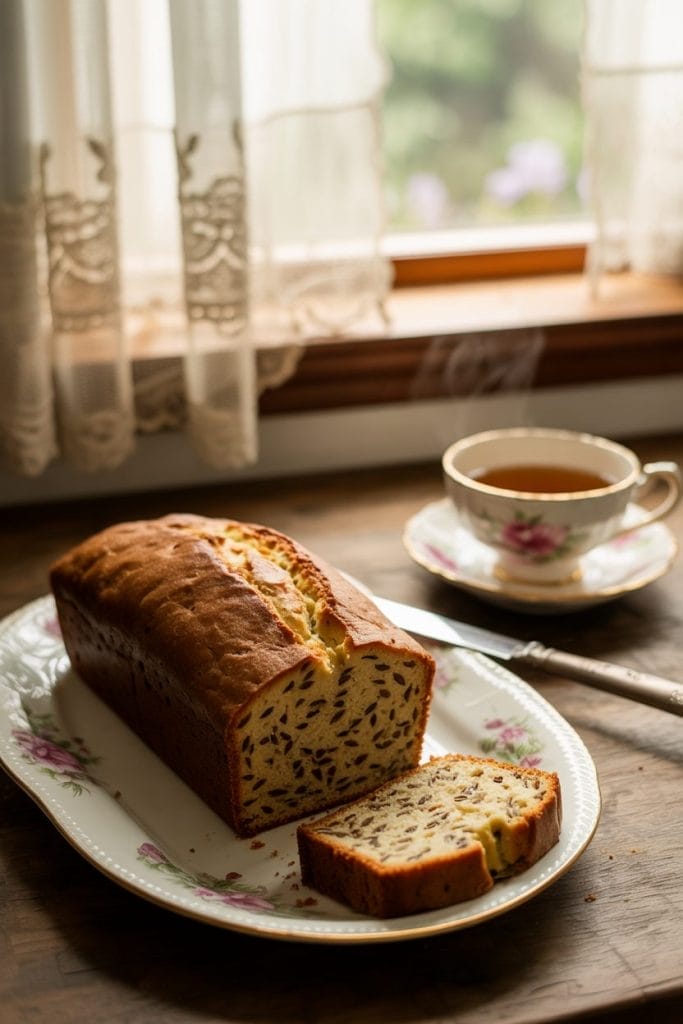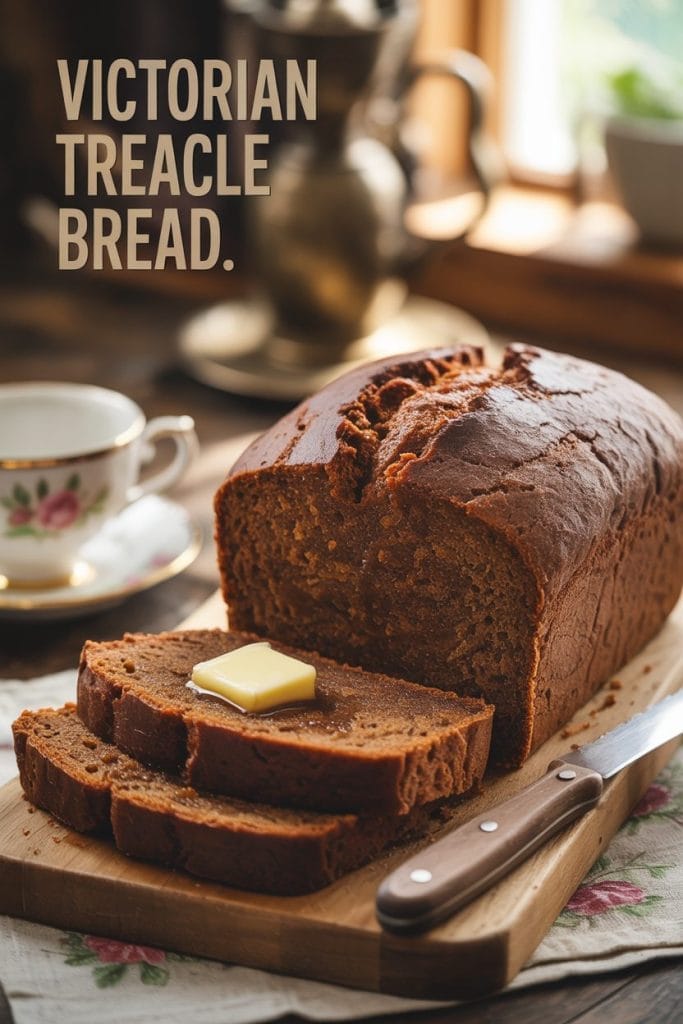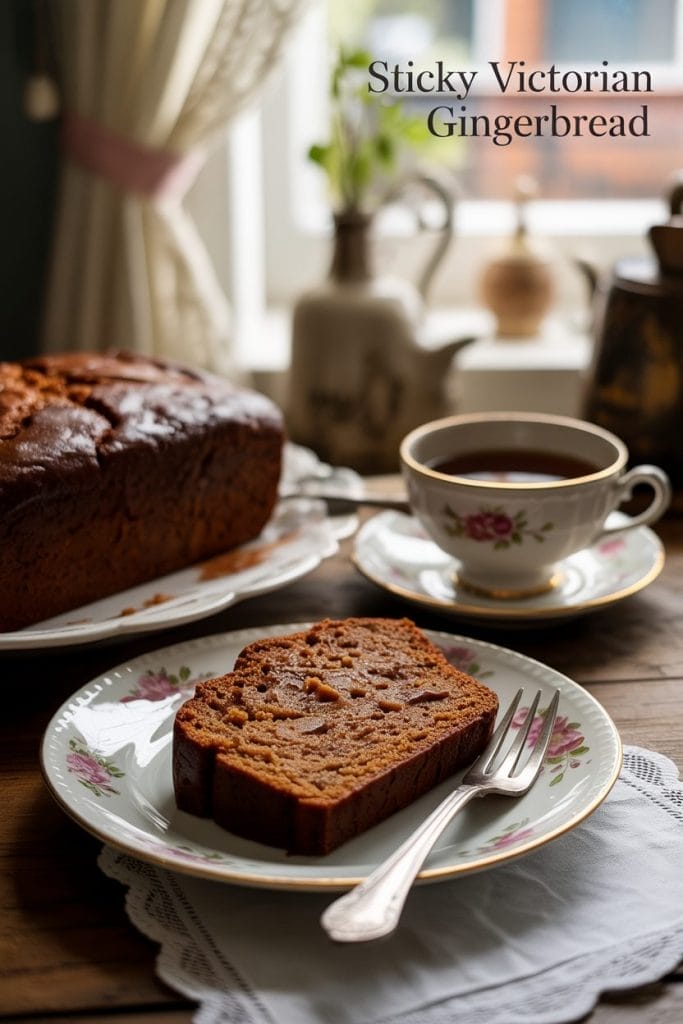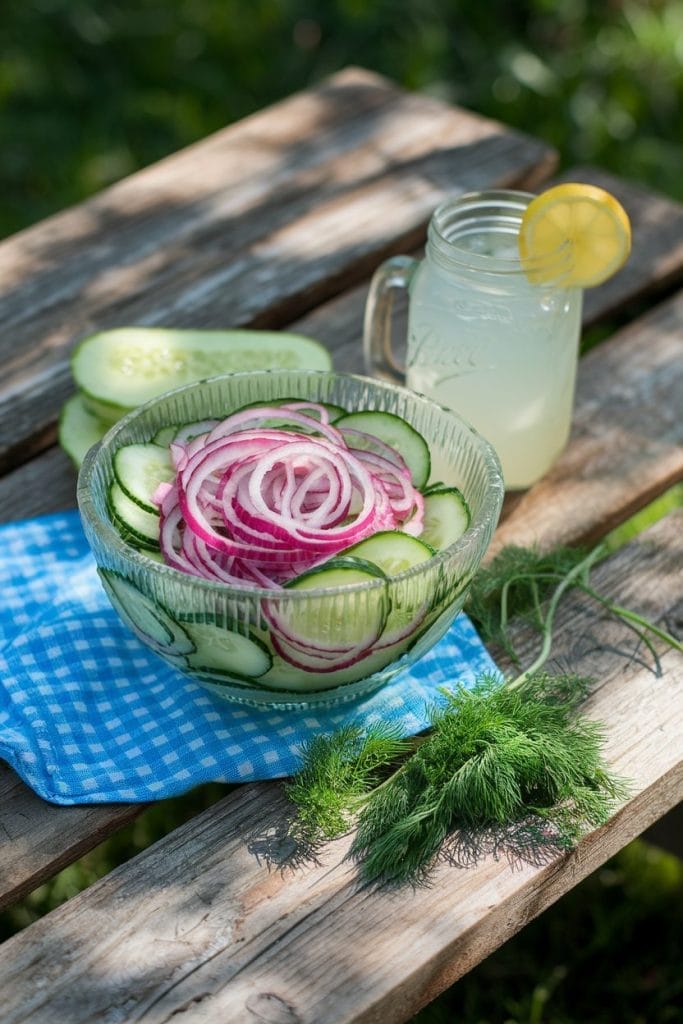Home > Single Recipes > Rich & Silky Colonial-Era Custard: A Timeless Dessert
Last Updated: March 9, 2025
I Made These FREE Vintage Recipe Tools JUST For You
This recipe was created with help from AI tools and carefully reviewed by a human. For more on how we use AI on this site, check out our Editorial Policy. Classic Fork earns a small commission from Amazon and other affiliate links at no extra cost to you, helping us keep our content free and honest.
Rich & Silky Colonial-Era Custard: A Timeless Dessert
Time Period:
Meal Type:
Cooking Time: 45 minutes
Prep Time: 10 minutes
Total Time: 55 minutes
Servings: 4
Calories: ~220 per serving
Custards were a staple dessert in colonial America, cherished for their smooth texture and simple ingredients. Made with milk, eggs, and a touch of nutmeg, these custards were often baked or boiled over an open hearth. This recipe captures the rich, old-fashioned taste of traditional custard, bringing history to your table in every creamy spoonful.

What Would You Cook in Wartime?
Step back in time and discover what you could make with limited wartime rations
History
Custard dates back centuries, with European settlers bringing their own versions to the American colonies. In the 18th century, eggs, milk, and sugar were considered valuable ingredients, making custards a special treat.
They were often flavored with nutmeg, cinnamon, or even rose water. Unlike modern custards, colonial versions were usually baked in earthenware pots or cooked gently in a water bath near a hearth fire.
Equipment
- Mixing bowl (I love this mixing bowl set)
- Whisk
- Measuring cups and spoons
- Baking dish or ramekins
- Strainer (optional, for a smoother texture)
- Oven
- Large baking pan (this 6 piece set will hook you up for a long time!) for a water bath
Ingredients
- 2 cups whole milk
- 3 large eggs
- ¼ cup sugar
- ½ teaspoon salt
- ½ teaspoon vanilla extract
- ¼ teaspoon ground nutmeg (plus extra for garnish)

Instructions
1. Preheat and Prepare the Water Bath
Preheat your oven to 325°F (163°C). Place a large baking pan inside and fill it with about 1 inch of hot water to create a water bath for gentle baking.
2. Heat the Milk
In a small saucepan (this is the FATHER of all saucepans!), heat the milk over medium heat until it is warm but not boiling. You should see small bubbles around the edges. Remove from heat and let it cool slightly.
3. Whisk the Eggs and Sugar
In a mixing bowl, whisk together eggs, sugar, salt, and vanilla extract until the mixture is smooth and slightly frothy.
4. Combine with Milk
Slowly pour the warm milk into the egg mixture while whisking continuously. This prevents the eggs from scrambling.

5. Strain and Pour into Ramekins
For a silky texture, strain the mixture through a fine-mesh sieve. Then pour it into individual ramekins or a baking dish. Sprinkle a light dusting of nutmeg on top.
6. Bake in the Water Bath
Place the ramekins inside the prepared water bath. Bake for 40-45 minutes until the custard is set but still slightly wobbly in the center.
7. Cool and Serve
Remove from the oven and let the custards cool to room temperature. For a chilled version, refrigerate for at least 2 hours before serving.
Special Notes
- Water Bath Importance: This keeps the custard from curdling and ensures even cooking.
- Straining: Optional but highly recommended for a smoother texture.
- Flavor Variations: Add a dash of cinnamon or a few drops of rose water for an authentic colonial twist.
- Sweetness Adjustment: Colonial custards were often less sweet than modern ones, so adjust sugar to taste.
Nutrition (Per Serving)
- Calories: 220
- Carbohydrates: 20g
- Protein: 8g
- Fat: 11g
- Sugar: 18g
- Sodium: 210mg

Maggie Hartwell
Hi there, I’m Maggie Hartwell, but you can call me Maggie—the apron-clad foodie behind Classic Fork! I created Classic Fork because I’m convinced food has a way of telling stories that words can’t. So, grab a fork and dig in. The past never tasted so good!






